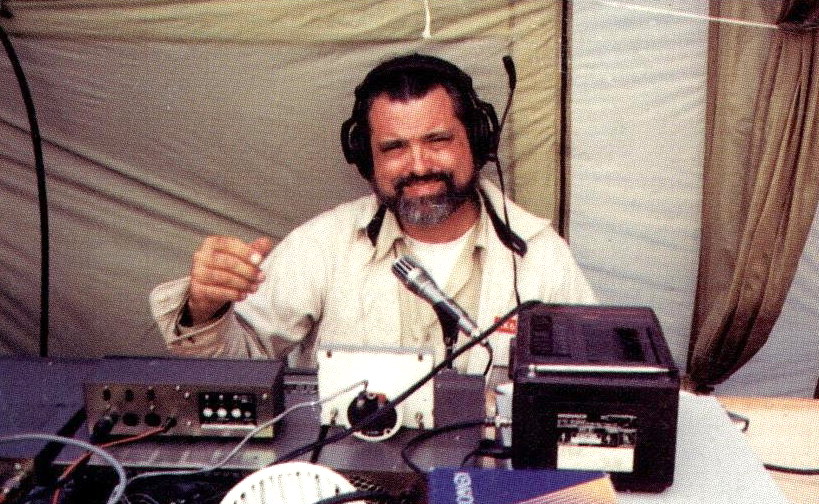- "The message," said my DX-Aku. "Look at the message."
-
- I peered into the mist in front of me, and strained to quicken my perception of the message. Soon it was clear, and I read it aloud:
-
- This is the Universal Imperative: Reduce Entropy
-
- Entropy. A physicist's word for disorder. We should reduce disorder!
-
- This, therefore, was a new commandment, one that transcended Time and Space. It applied to all entities in the Universe, whether they be Man or Beast, good or bad, domestic or wild. In all its manifestations, we should seek to reduce the chaos and randomness of our universe. We should use technology to enable and enhance evolution, in all facets of our lives. We should revel in technology and celebrate its invention as a gift from God. We should put it to use to enable and enhance the human condition, and to create things even God did not foresee.
-
- "Is this it?" I asked my DX-Aku. "Have I found the ultimate universal truth? Am I a vehicle for God's will?"
-
- "Don't be melodramatic," my DX-Aku said. "You've just taken a journey, a journey of personal discovery. You have experienced some insights missed by those who don't take the time, or who don't have the courage and faith, to take. You're not chosen, except perhaps by yourself."
-
- I was only slightly disappointed. More relieved than disappointed, I should say. I felt safe again, in the familiar presence of my own self.
-
- I had taken a journey. It was one of mind and spirit, and faith, and imagination. It was a journey of discovery, and I made my own discoveries, the ones I sought when I began the journey. I had learned to transcend Time and Space, and then I had done it again, to find the messages that were waiting for me. But the messages were probably only the reflections of my own thoughts, my own messages to myself, stripped of their encapsulation in a framework of Time and Space. They were, for me, universal messages, valid now and then and in the future, here and there and somewhere else. They would remain valid so long as I remained myself. And they were true, according to my DX-Aku.
-
- My journey finished, I allowed a crack of time to regain its place in my existence. Slowly, I began to sense again the presence of my own body, of the extent of my personal space. I became aware that some time had passed, and that I had other things to do, places to be. I opened my eyes, and looked again at the moai, who looked back at me.
-
- "A good journey?" they seemed to ask.
-
- "A good journey," I said.
-
- "A good journey," said my DX-Aku.
-
- And I got in the Landrover and drove down the hill.
|




